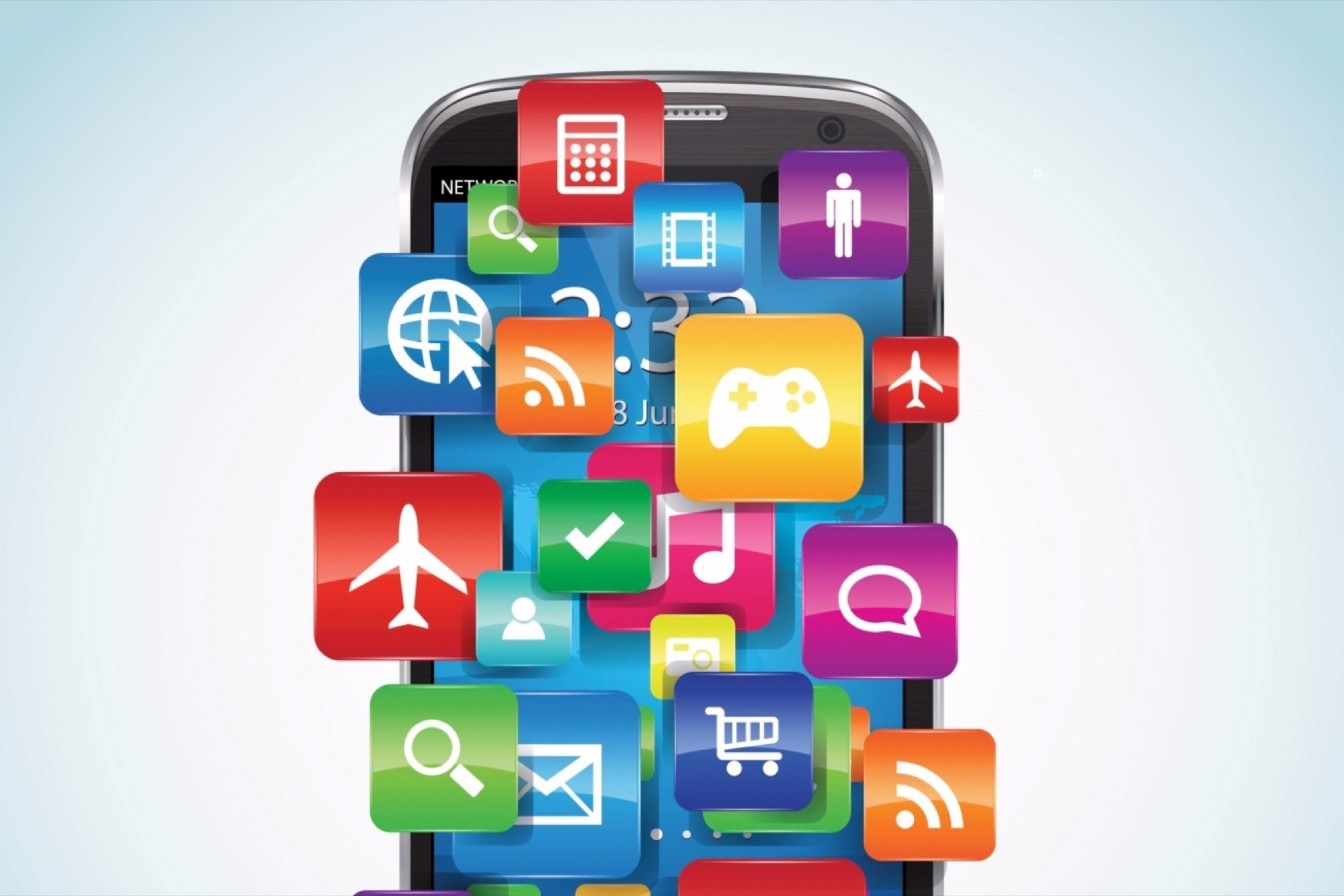What's Next in Mobile Advertising? 6 Trends for the New Year. Key industry executives weigh in on what trends will shape the mobile marketing landscape in 2016.
By Carly Okyle
Opinions expressed by Entrepreneur contributors are their own.

All of us are glued to our cell phones -- and for marketers, that means big opportunity. As mobile continues to become a more significant part of advertising budgets, it's an important area to watch.
Here are several predictions and trends to take into consideration as you invest in mobile advertising, as told by those on the ground floor.
1. Content marketing will improve the mobile marketing experience.
"With the rise of ad blockers, marketers are starting to think about how they can improve the whole advertising experience for users, especially those on mobile devices," says Sloan Gaon, the CEO of PulsePoint, a programmatic advertising company. "Poor mobile advertising experiences are an issue that content marketing can solve for. Content marketing can drive real value as part of a user's mobile experience by providing information that a consumer wants to engage with. If the content is valuable to your target consumer, then your mobile ad will be valuable."
2. Instead of BIG data, it’s about accurate data on mobile -- and this data will be coveted.
At the beginning of the holiday shopping season, Google began offering marketers data related to how their ads drove in-store traffic. Location data will play an increasingly important role in 2016.
"Accurate location data on mobile devices will become much more coveted in 2016," said Fred Joseph, COO of mobile marketing technology company S4M. "Mobile campaigns will incorporate multiple location data sources including geo-fencing, behavioral location data and beacons to target consumers at not just in the right locations, but also at the most opportune times to drive store traffic. Brands will also leverage this data to drive purchases of specific products at brick and mortar retailers."
Related: 4 Mistakes Your Mobile-Ad Strategy Needs to Avoid
3. Video on mobile is growing, and targeting by location is key.
"While video and mobile are certainly primed to grow next year, video advertising on mobile is still relatively new and in a growth phase. Next year, this trend will continue, but I don't see it rising tremendously," said Hillel Scheinfeld, COO of interactive-video marketing company Viewbix. "Overall, I expect to see more advertisers exploring with videos inside apps and using location and geo-targeting to reach consumers more effectively on their mobile devices. Video on mobile will grow as targeting capabilities improve for the medium."
"Video advertising on mobile is still in its growth phase. We'll see more growth when it comes to in-app video advertising. The better targeting that you can do the more that mobile will come to play. When you think mobile, you should think geo-targeting," said Scheinfeld.
4. Virtual reality will create new ad formats.
"With virtual and augmented reality becoming more popular, we'll start to see the effects trickle into the mobile advertising industry," says Janis Zech, COO and co-founder of Fyber, a leading mobile technology company. "We'll begin to see the core infrastructure in terms of content creation, reach and tracking, personalization and performance develop. This will be powerful given the immersive nature of both of these formats, which will have a huge impact on mobile advertising landscape."
Related: How to Survive in the War on Mobile Ad Blocking
5. Beyond cross-screen, mobile marketers will align unified screens with in-store touch points.
"Last year was all about unifying the digital screens," says Are Traasdahl, CEO and founder of Tapad, a cross-device advertising company. "In 2016, it will be all about aligning those unified screens with in-store touch points. This really is the holy grail - 90 percent of purchases still happen in a physical store. For cross-screen identity solutions like Tapad, this is the next frontier."
6. Say goodbye to ad ‘noise’ on mobile, say hello to more personal and relevant experiences.
"There is a fantastic trend emerging right now: Marketers are finally starting to eliminate the noise," says John Lim, CEO at mobile marketing firm Life in Mobile. "When you're on your mobile device, you're aggressive. In fact, we like to joke that no matter where you are in the world, when you're browsing on your phone, you're a New Yorker -- you want what you want, and you want it now! When there is too much clutter or complications, mobile users will just bounce. Human behavior coupled with all of the data that is becoming available through phones, wearables or consumer provided info allows for tailored consumer journeys that reduce the noise. This means humanizing the digital experience so that it reflects what's going on in the real-world surround each individual consumer at any given time, making the whole experience completely relevant to the user."
Related: Amending Your Marketing Strategy to More Effectively Reach a Changing America
 PulsePoint
PulsePoint S4M
S4M Viewbix
Viewbix Fyber
Fyber Tapad
Tapad Life in Mobile
Life in Mobile










